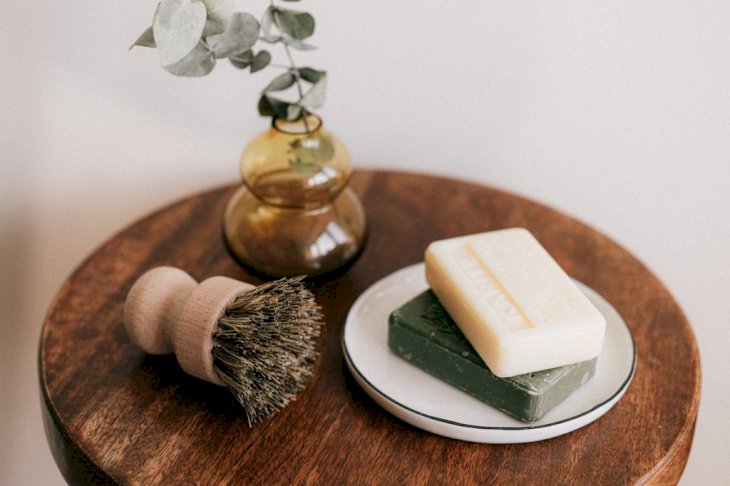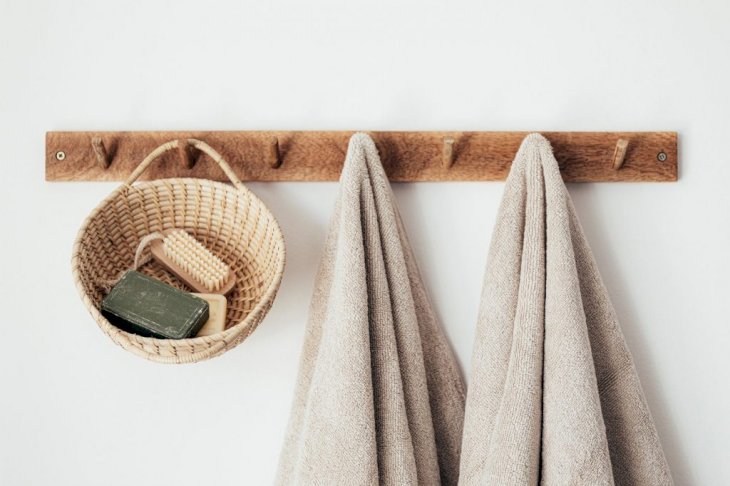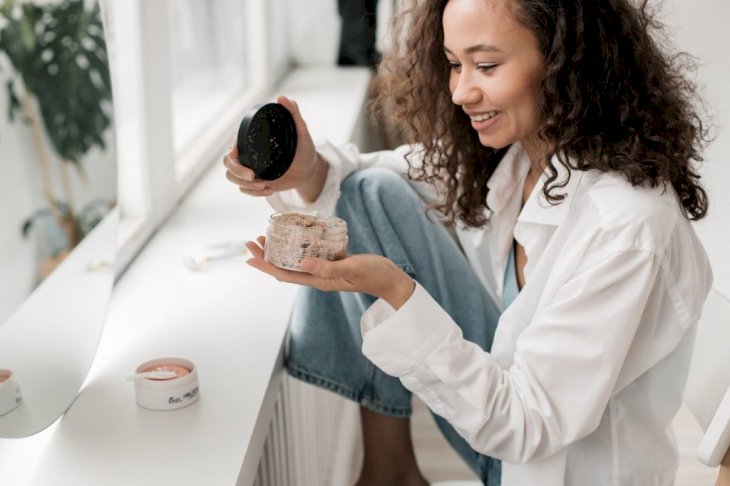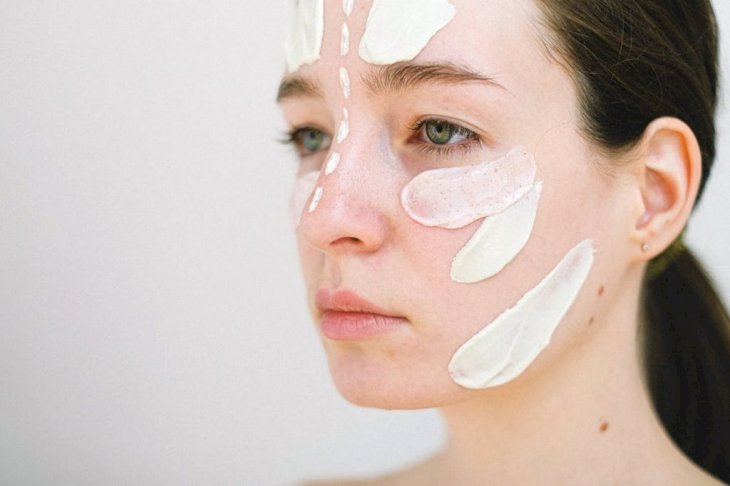
Our Comprehensive Guide To Clean Beauty
The new trend in cosmetics is definitely Clean Beauty. Not just the latest beauty trend, but a new frontier in terms of beauty. It is a concept that embraces a larger philosophy of life, what is considered "green life."
Whether it's shrinking pores, banishing wrinkles, defying age, hydrating, plumping, and exfoliating, we expect our beauty products to do a lot.
In addition to the visible results we hope for, many also want these products to save our skins with clean ingredients that are neither harmful nor toxic to our health.
Clean Beauty: What Does It Mean?

Photo by Andrea Piacquadio on Pexels
Clean beauty has no fundamental description. Generally, we mean products formulated without carcinogenic, irritating, and endocrine-disrupting ingredients with potentially harmful effects. Effects range from mild irritation to hormonal disturbances to cancer.
The clean beauty evolution has grown exponentially in recent years. It has even continued to show market growth as the beauty industry, in general, is also hit by the pandemic.
How To Switch To A Clean Beauty Routine

Photo by Pavel Danilyuk on Pexels
Not everyone knows that the skin is the largest organ in our body. It absorbs about 60% of everything we apply. Some chemicals found in conventional beauty products can build up in the body. They build up even in delicate periods such as pregnancy or breastfeeding.
How to avoid these questionable ingredients? The first step to "clean up" the beauty routine starts from being aware. Have you ever wondered what is inside your beauty products? Cleaning up your cosmetics bag is a fundamental step.

Photo by Karolina Grabowska on Pexels
Most likely, you will have some unpleasant surprises, but knowledge is power, and thanks to it, it can be changed! Ready to make better choices? Transparency is the keyword of the clean beauty manifesto towards real change, to make a difference in the world of beauty as we know it today.
The movement is in full growth thanks to consumers who, increasingly aware, understand that they can make different choices and expressly ask the market for safer products for their well-being, with few and precise ingredients and with a low environmental impact.

Photo by Karolina Grabowska on Pexels
In addition to using only "clean" ingredients, being clean also means worrying about the entire production process. The brands are committed to always being cruelty-free (i.e., against animal tests and, in a high percentage, also vegan).
These brands are also attentive to the sustainability of their packaging (less plastic and recycled and recyclable paper packaging). They are eco-friendly (creating small productions with a short production chain and using ingredients of biological origin).
Every Step Count

Photo by Pavel Danilyuk on Pexels
Remember that each journey is personal and does not necessarily require initial drastic changes. This is a time-consuming process that begins with an awareness of the choices you can make. It also means being aware of the risks associated with them.
Once you embrace a balanced and healthy beauty routine, it will inspire you to make better choices. You will become more and more curious to discover, test, experiment with the green and natural products that are most suitable for you.
What Ingredients Should Be Avoided?

Photo by Anna Shvets on Pexels
Without a doubt, silicones, for the simple fact that they produce a purely visual transitory result. Parabens, a known endocrine disruptor, mimic estrogen in the body. Phthalates are also a major endocrine disruptor that contributes to the durability of perfumes. They can cause hormonal issues, congenital disabilities, and reproductive system issues.
Formaldehyde usually shows up as formaldehyde releasers. Oxybenzone and octinoxate, commonly found in chemical sunscreens, are harmful to the skin and the environment. Triclosan can greatly disrupt the endocrine system and cause antibiotic-resistant bacteria. Mineral oils can clog pores and may carry carcinogenic impurities.